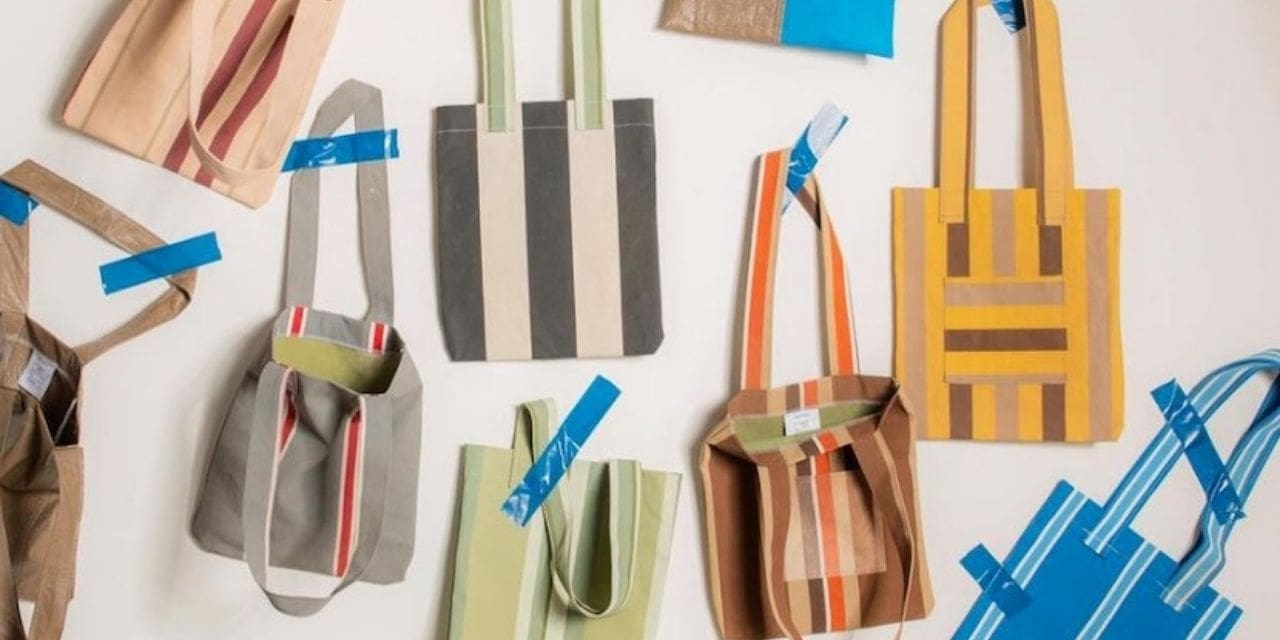Take a moment to look down at what you’re wearing. It’s giving! But I have a serious question for you: how much do you really know about where your clothing has come from? Sure, you could tell me where you bought it.
Maybe you blew your savings bit on a chunky knit from a small boutique because you knew they had good business practices. Maybe you thrifted that leather mini. On the tag, you could find out the fabric composition and the country where it was made.
But when we really peel back the layers, there are still a lot of unknowns about the fashion supply chain. A hard truth for those of us who love fashion is that our love of clothing has a high environmental cost.
In 2021, the World Economic Forum reported that the fashion industry was the third-largest polluter in the world, after food and construction. The fashion supply chain can be tricky to understand because of the many steps that turn a few wheelbarrows full of cotton into a pair of jeans.
But if we become more educated on the systems that create the clothes we love, it gives us the agency to vote with our dollars and encourage industry-wide change. To get you started, we did some digging and discovered some surprising (and pretty alarming) facts about fashion supply chains.
Roughly one in eight workers worldwide are employed in the fashion and textiles industry
The apparel industry is a behemoth. Out of all of these workers, roughly 80 per cent are women. Many of us rely on these fashion-related jobs for our all-important paycheques but the number on the cheques varies widely.
Less than two per cent of fashion workers make a living wage
The sad reality is that most garment workers are severely underpaid. Outsourcing labour to countries with high levels of poverty is a strategy used by big brands such as Gap and Nike to keep consumer prices low. Workers in Ethiopia are the lowest paid, with the base wage being the equivalent of just under $35 AUD a month.

